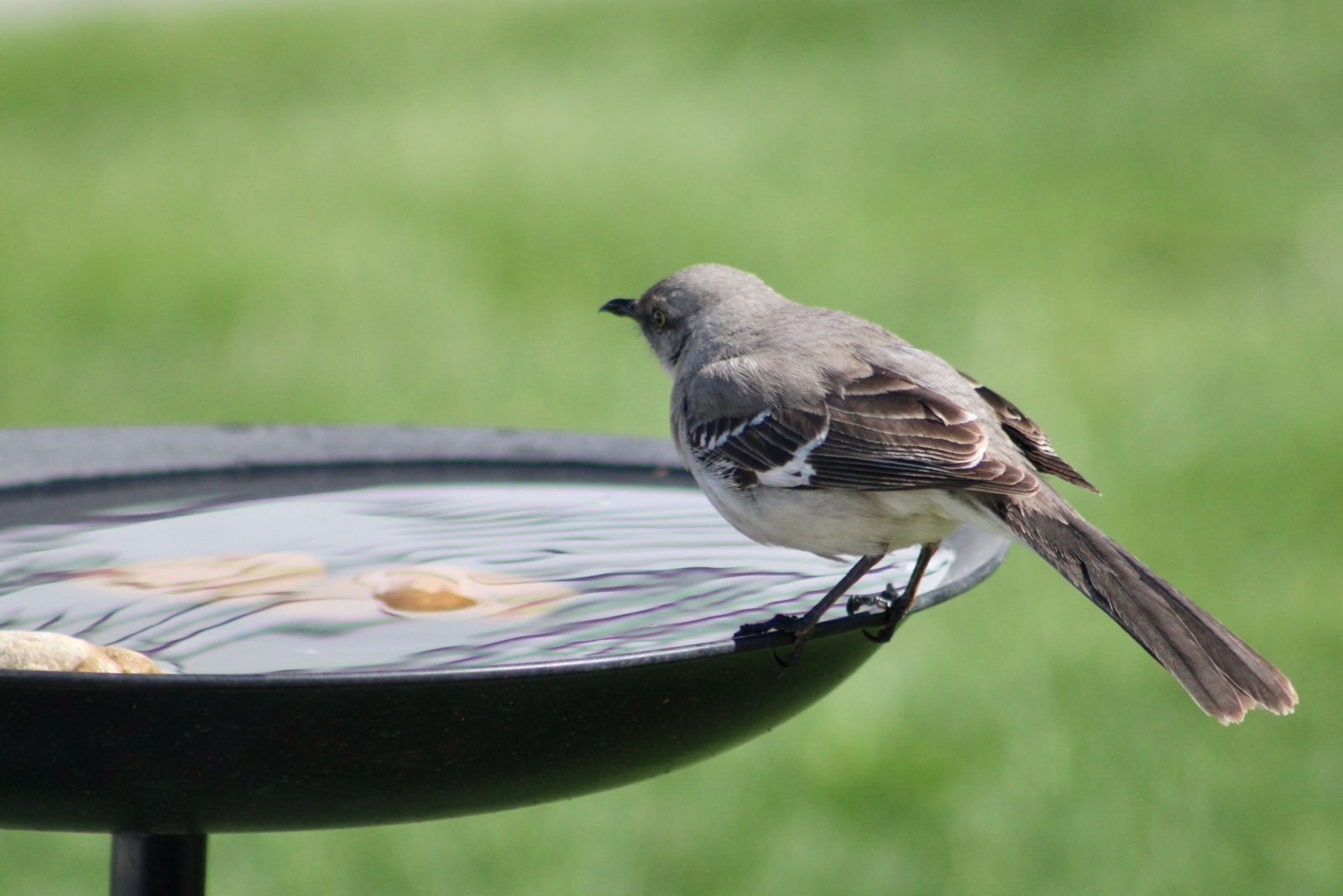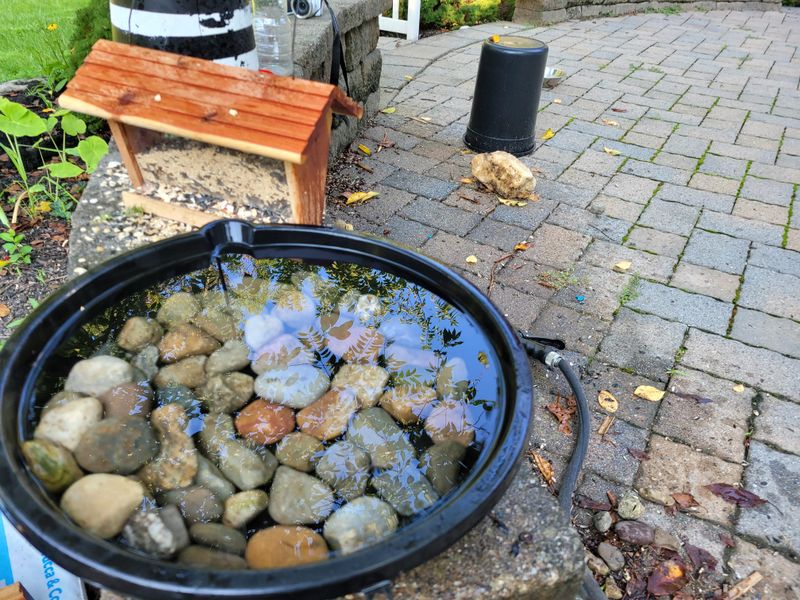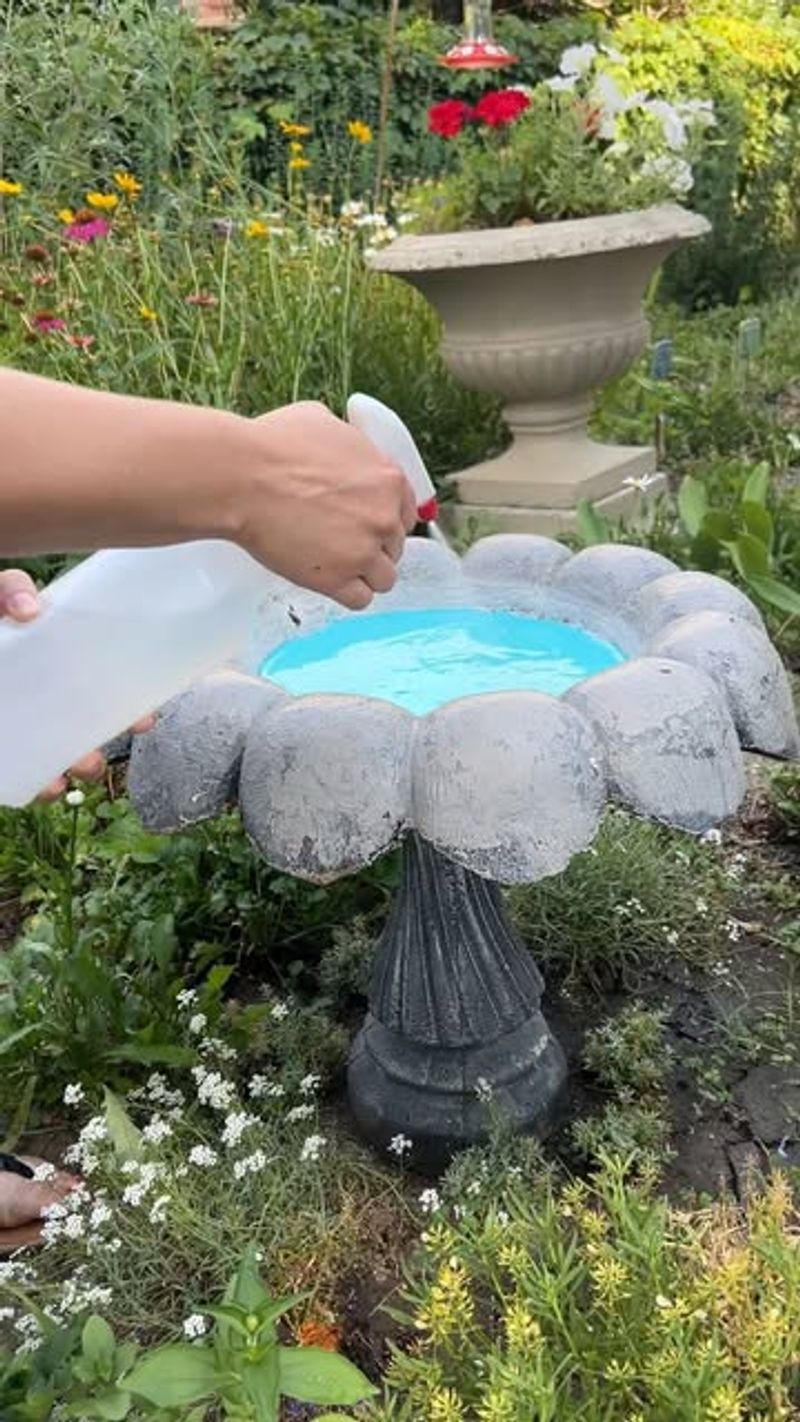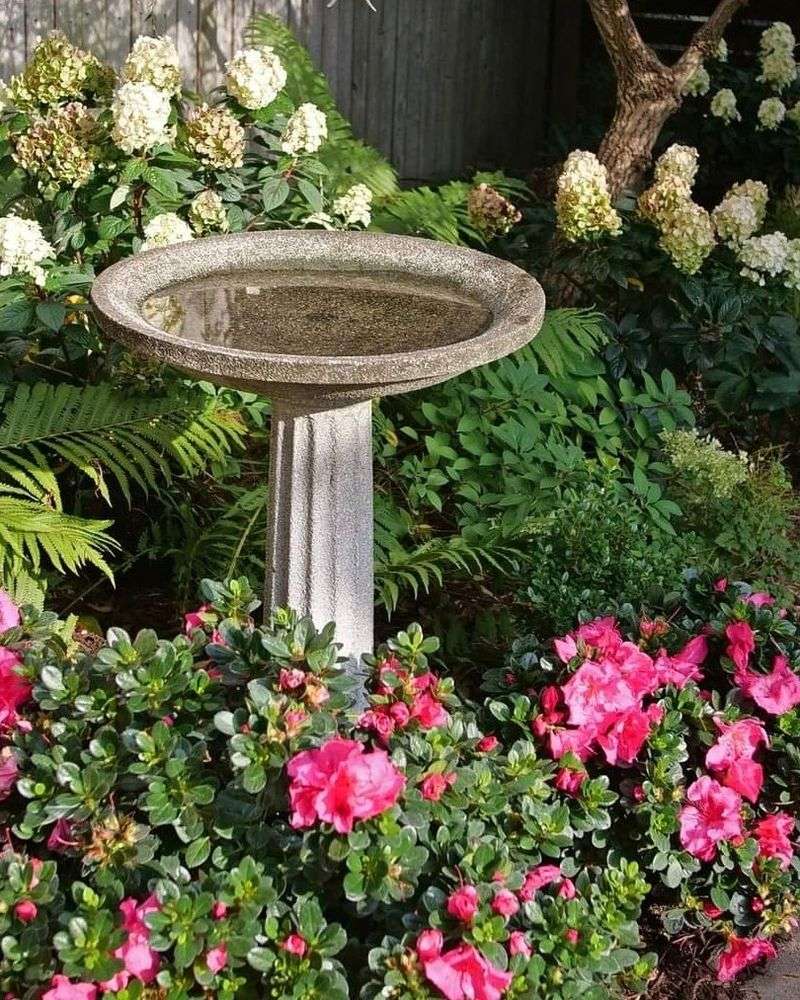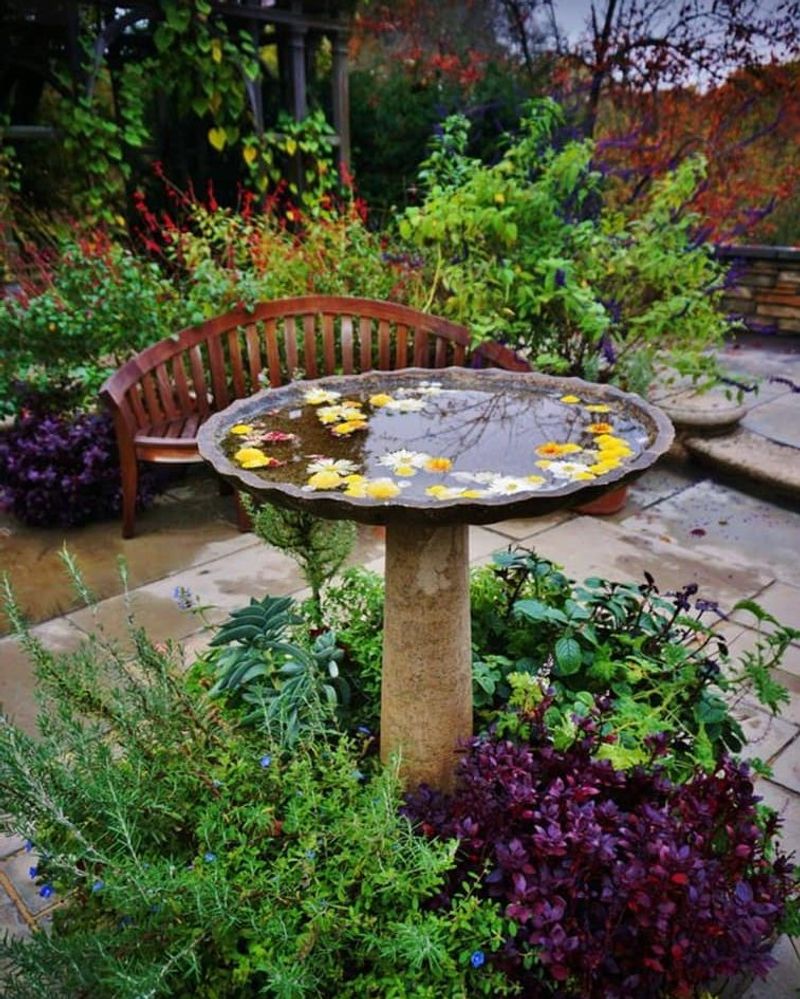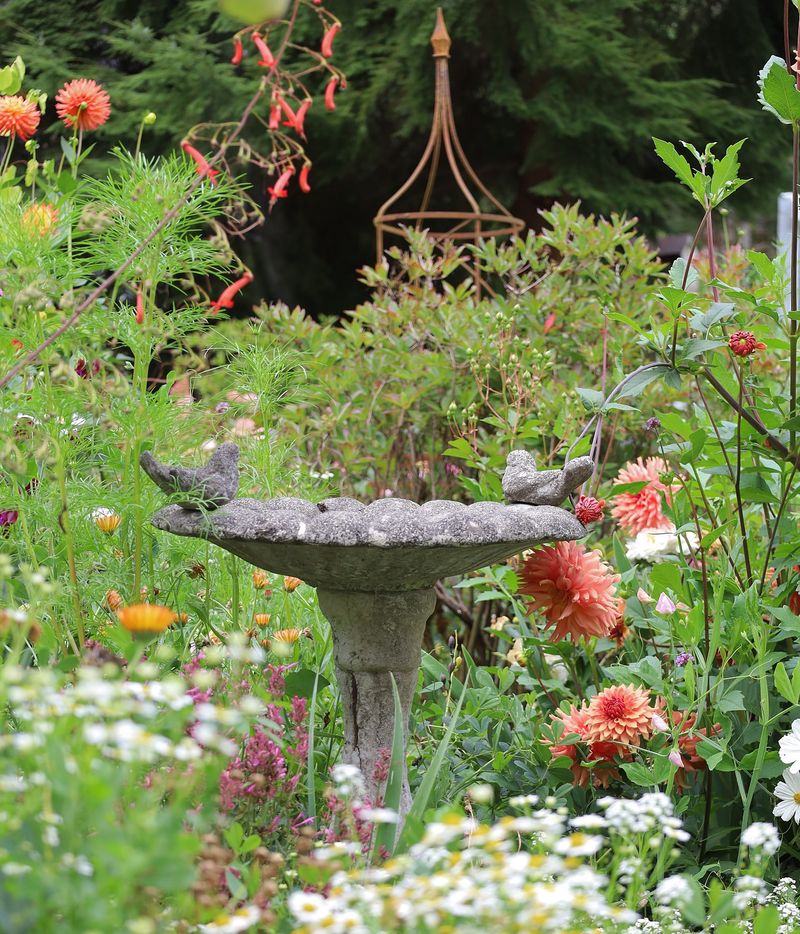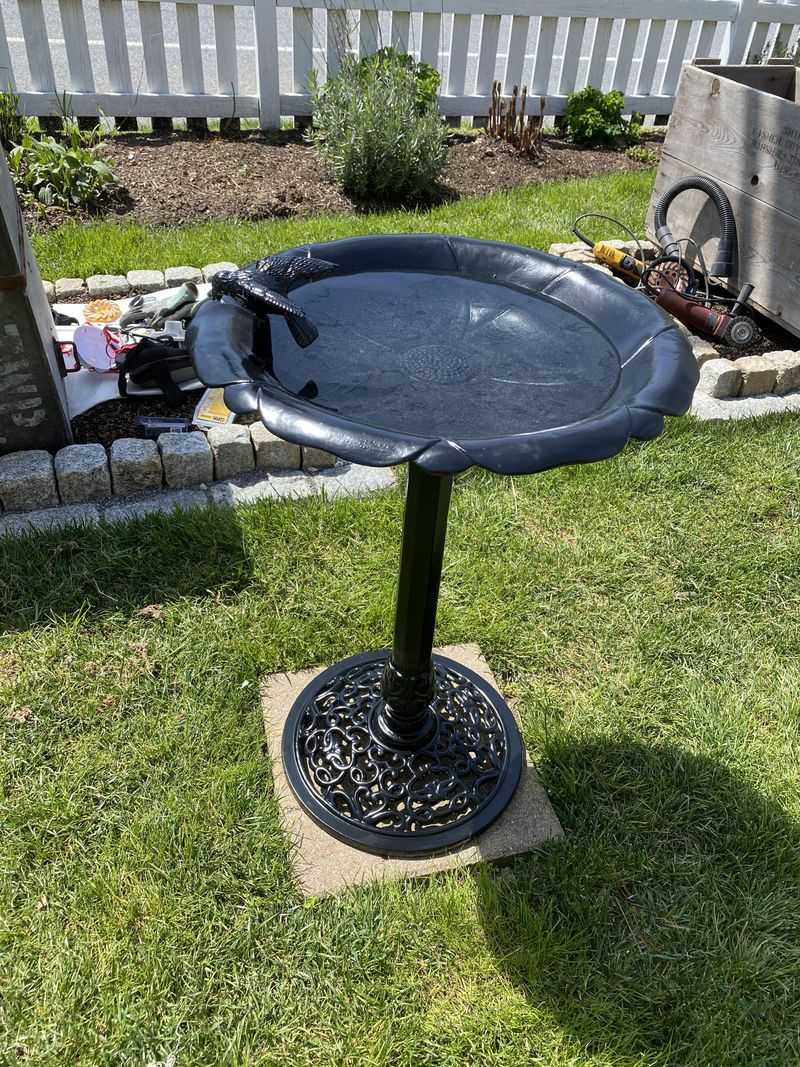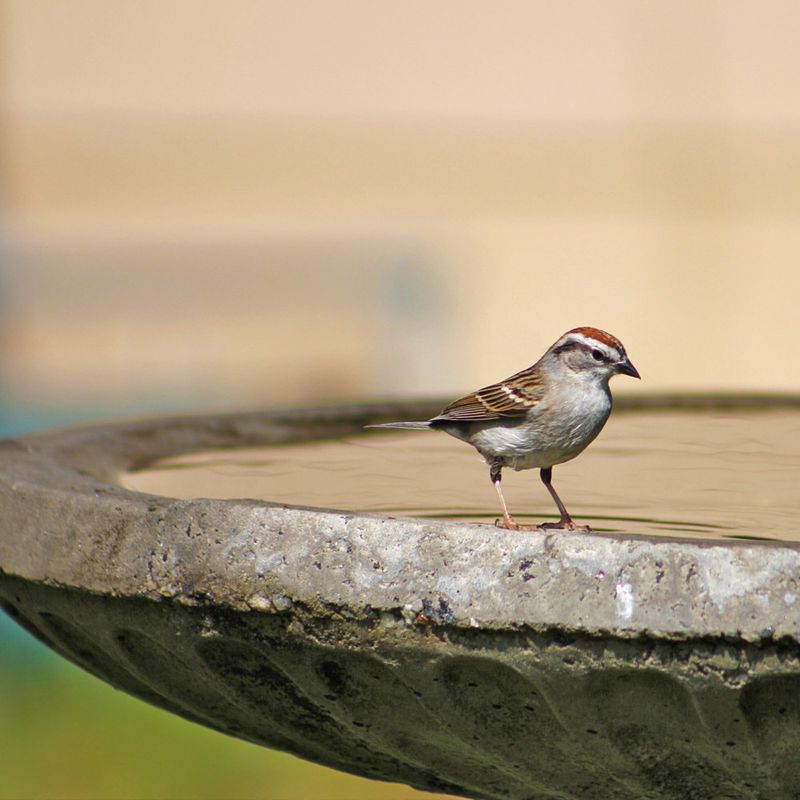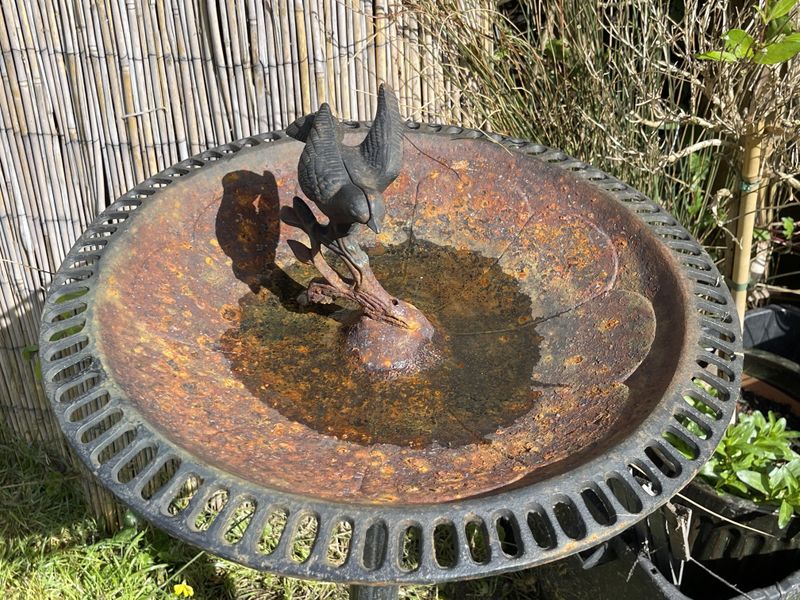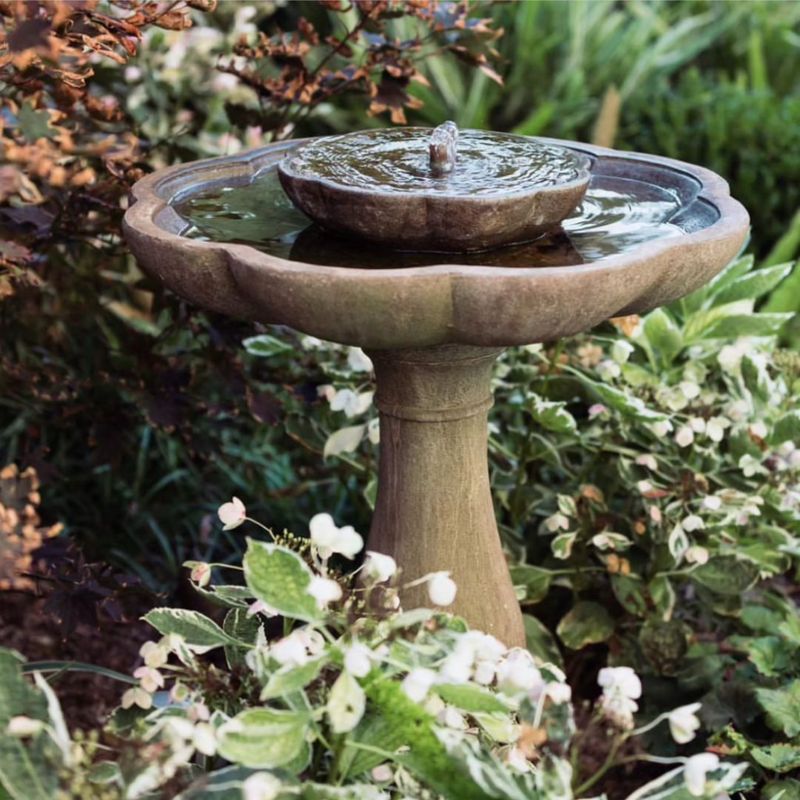Birdbaths can transform Virginia gardens into lively wildlife hubs, but simple mistakes often send our feathered friends searching elsewhere. While working in my garden near Charlottesville, I’ve noticed birds completely ignore certain baths while flocking to others.
The difference? Small details that make a huge impact on bird comfort and safety. Let’s look at nine common birdbath mistakes that keep birds away from Virginia gardens and how you can fix them today.
1. Water Too Deep For Safe Bathing
Birds need shallow water to feel secure. Most backyard visitors prefer depths of just 1-2 inches, especially the cardinals and chickadees common in Virginia gardens.
During summer months, I’ve watched birds circle my bath repeatedly before flying away when the water was too deep. Adding a gentle slope or placing flat stones in the basin creates varying depths that accommodate both tiny wrens and larger robins.
Try creating a natural-looking “beach area” where the water gradually becomes deeper, mimicking the shorelines of Virginia’s many rivers and streams.
2. Neglecting Regular Cleaning
Stagnant, dirty water harbors bacteria, mosquito larvae, and algae that deter even the thirstiest birds. Virginia’s humidity accelerates this process, especially during hot summer months.
Fresh, clean water is non-negotiable for attracting cardinals, blue jays, and other colorful visitors. My routine includes emptying and scrubbing the bath every 2-3 days using just a stiff brush—no chemicals needed.
For stubborn algae buildup common in Virginia’s climate, a solution of one part vinegar to nine parts water works wonders without introducing harmful substances.
3. Poor Placement Near Predator Hideouts
Neighborhood cats and hawks make quick meals of vulnerable bathing birds. Many Virginia gardeners unknowingly place baths near shrubs where predators can lurk unseen.
Smart positioning requires open space around the bath so birds can spot danger. My bath sits about 10 feet from dense bushes—close enough for birds to retreat quickly but with enough clearance to spot approaching threats.
Virginia’s native dogwoods and serviceberries make perfect nearby perches, allowing birds to scan for danger before committing to bath time.
4. Slippery Surfaces Causing Falls
Glazed ceramic and smooth plastic baths look lovely but create dangerous landing zones. Birds need secure footing while bathing, especially during Virginia’s occasional freezing temperatures when surfaces become extra slick.
Adding texture transformed my garden’s bird traffic overnight. Small pebbles, textured concrete, or even a thin layer of sand creates the grip birds need to feel safe while splashing about.
For my Richmond garden, I found that locally collected river stones not only provide traction but also add a natural aesthetic that complements Virginia’s woodland garden style.
5. Forgetting Movement In The Water
Still water doesn’t catch birds’ attention like moving water does. The gentle sound of splashing mimics natural streams found throughout Virginia’s Blue Ridge region and acts as a dinner bell for local birds.
Adding a simple solar fountain transformed my backyard into a bird hotspot. Even during Virginia’s hot August afternoons, the solar-powered spray attracts goldfinches and hummingbirds that previously ignored my static bath.
No fancy equipment needed—even a milk jug with tiny holes suspended above the bath can create enticing drips that birds can’t resist.
6. Exposed Location Without Shelter
Birds feel vulnerable while bathing and need quick escape routes. Many Virginia gardens feature beautifully placed baths in open lawns that look perfect to us but feel like danger zones to birds.
Nearby branches offer essential quick-retreat options. After moving my bath closer to my redbud tree, visits from titmice and wrens tripled—they now have a safe perch to shake off and preen after bathing.
Virginia’s native viburnums and winterberries planted nearby serve double duty: providing safety perches and offering nutritious berries after bath time.
7. Ignoring Seasonal Temperature Changes
Virginia experiences everything from sweltering summers to freezing winters. Birds need water year-round, but many gardeners either remove baths in winter or leave water to freeze solid.
Heated baths have transformed my winter garden into a bird sanctuary. When streams freeze during January cold snaps, my heated bath becomes the neighborhood watering hole for bluebirds, cardinals, and woodpeckers.
For summer, moving the bath to dappled shade under Virginia pines keeps water cooler longer, preventing rapid evaporation and creating a refreshing oasis during humid August days.
8. Using Harmful Cleaning Products
Chemical residues from household cleaners harm delicate bird feathers and can be toxic if ingested. Virginia’s water-conscious gardeners sometimes use cleaning products without realizing the danger to wildlife.
Switching to bird-safe cleaning methods made a noticeable difference in my garden’s popularity. A simple scrub with white vinegar and water keeps my bath sparkling without the harmful residues.
For stubborn mineral deposits from Virginia’s hard water, a paste of baking soda works wonders without introducing chemicals that could harm the robins and finches that visit daily.
9. Bath Too Far From Natural Cover
Birds balance their need for open sightlines with quick access to protective cover. Many Virginia gardens place baths in the center of lawns—too exposed for comfort.
The sweet spot in my Shenandoah Valley garden is about 10-15 feet from dense shrubs. This distance gives birds confidence to bathe while keeping escape routes accessible when neighborhood hawks patrol overhead.
Virginia’s native wax myrtles and American hollies create ideal security zones near birdbaths—dense enough for protection while their berries provide additional food sources to complement the water feature.

